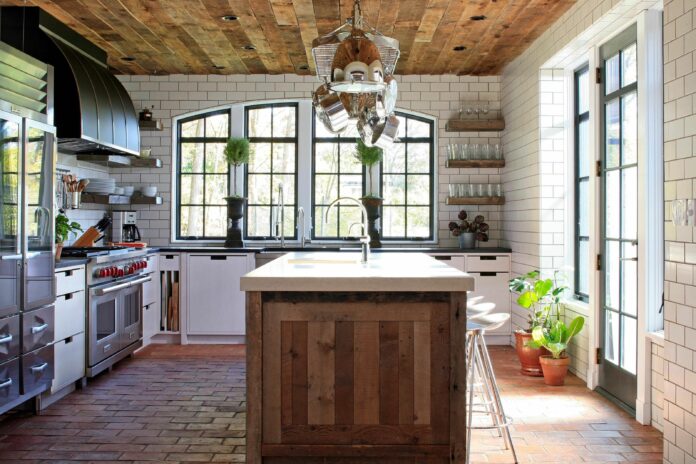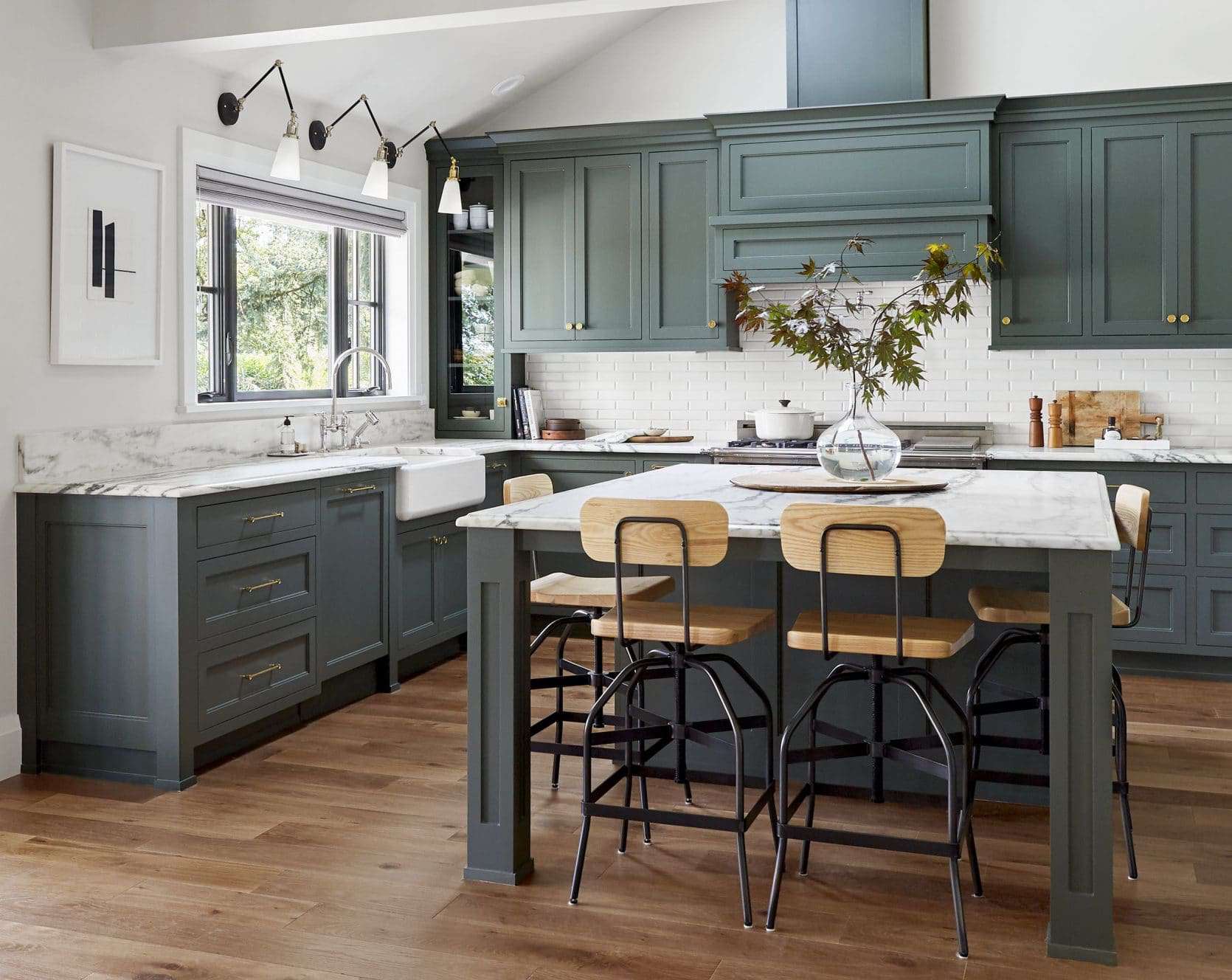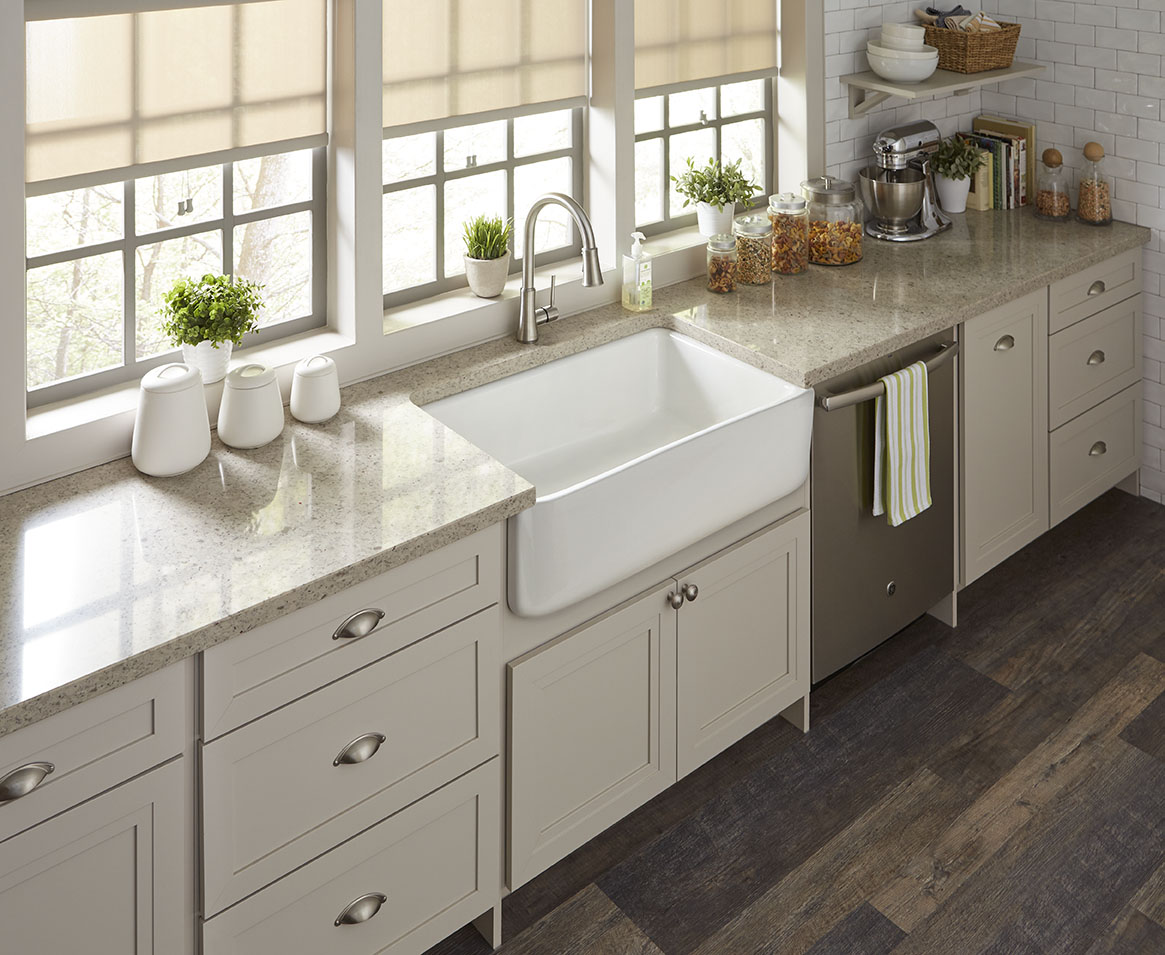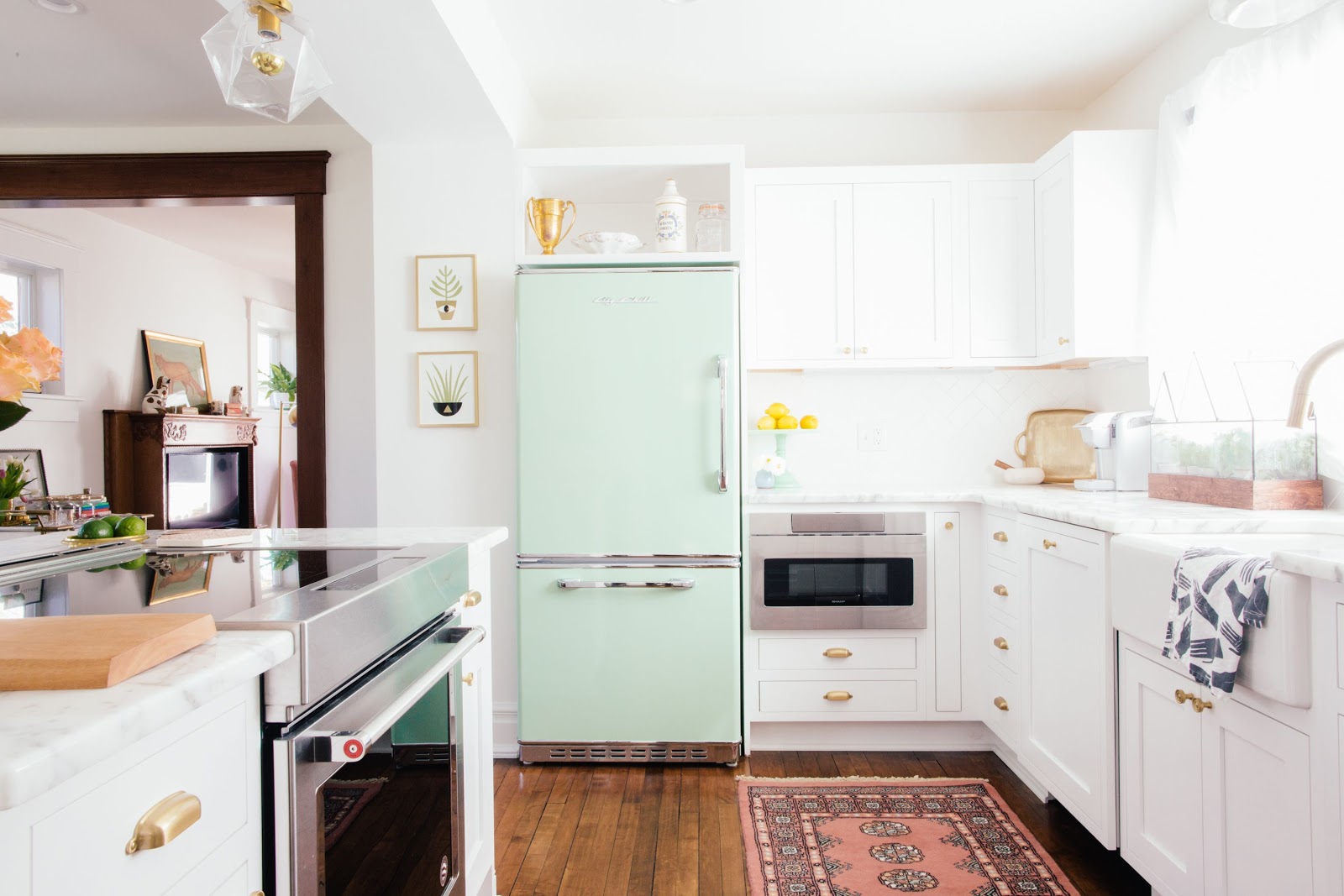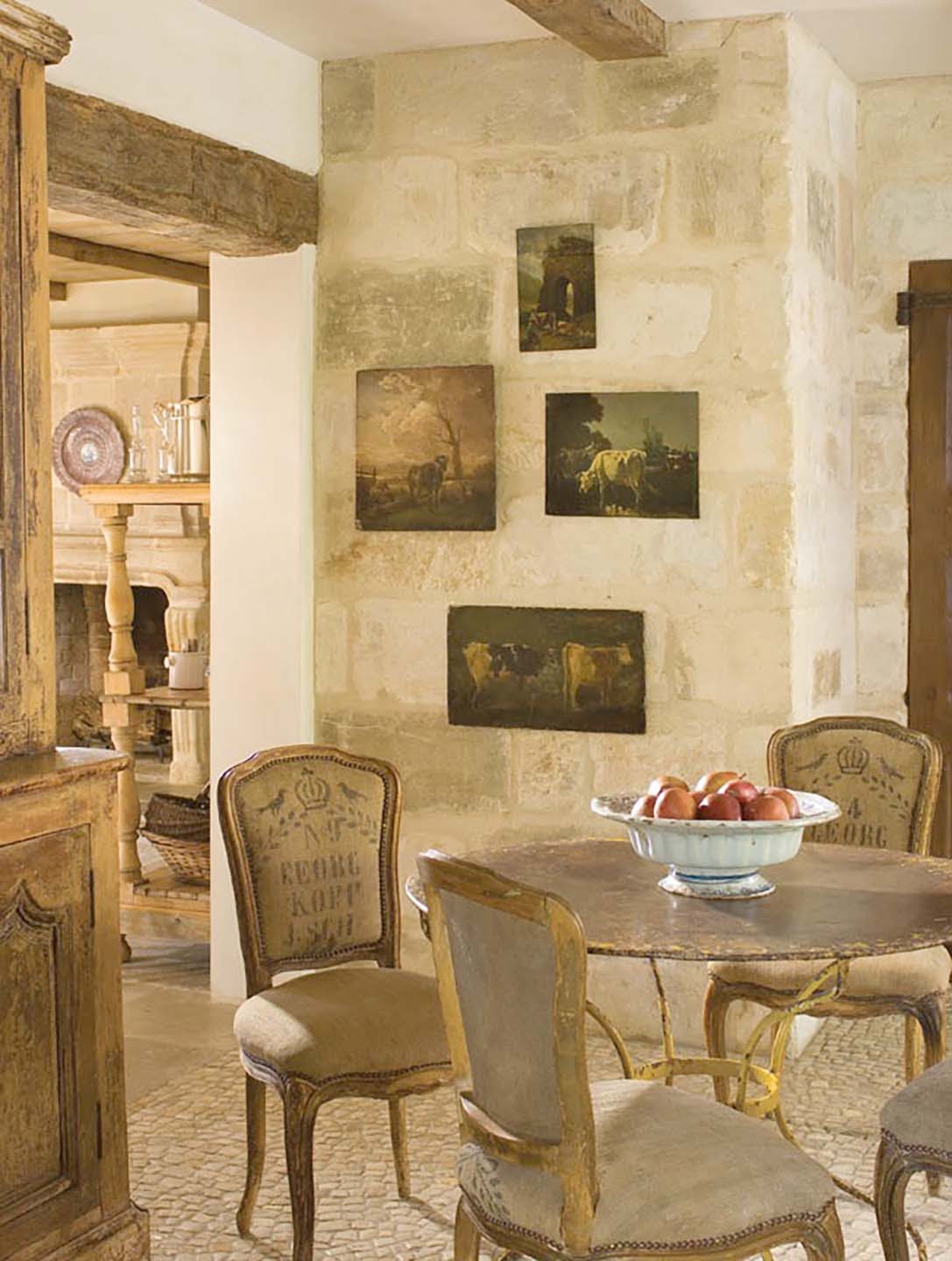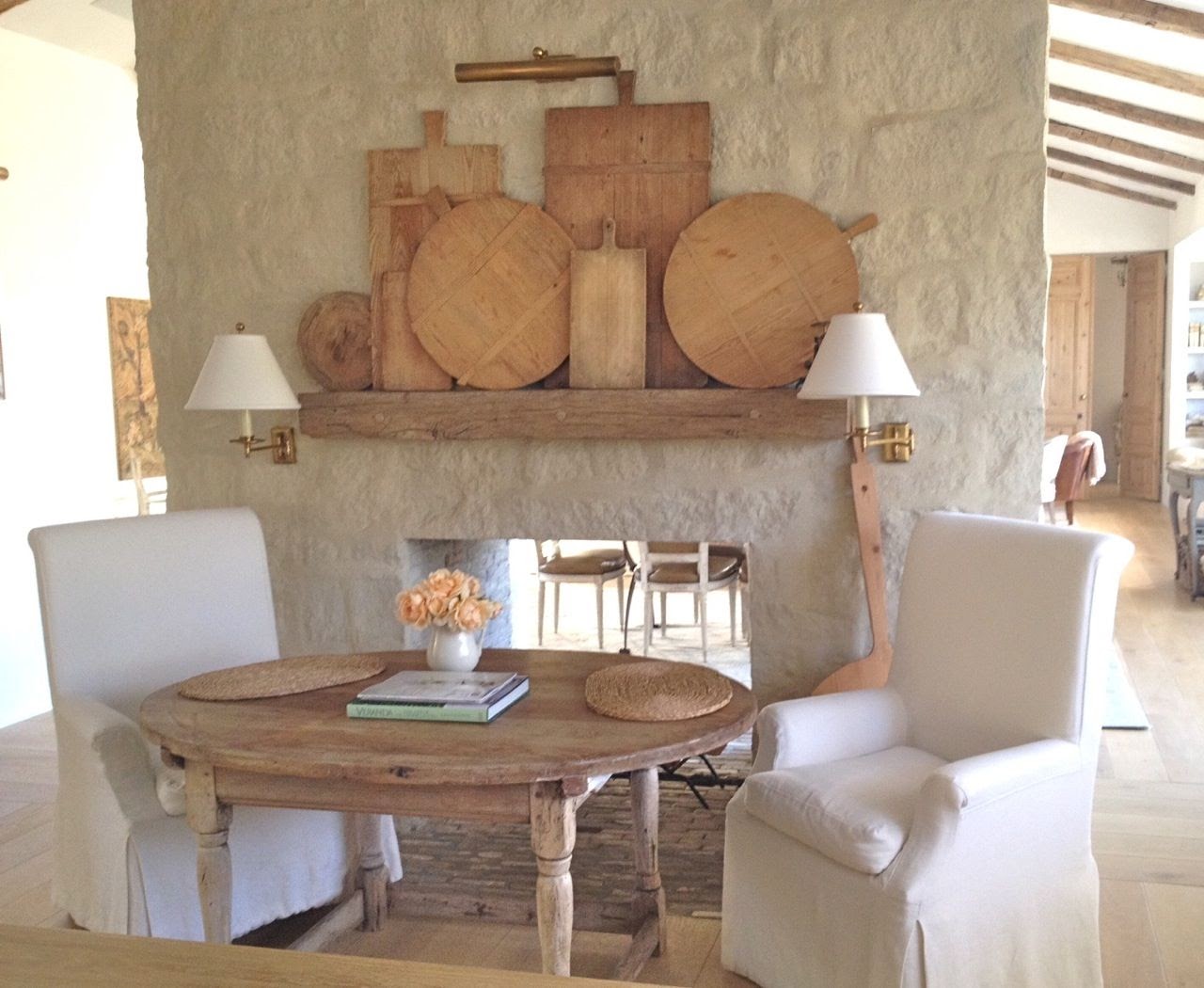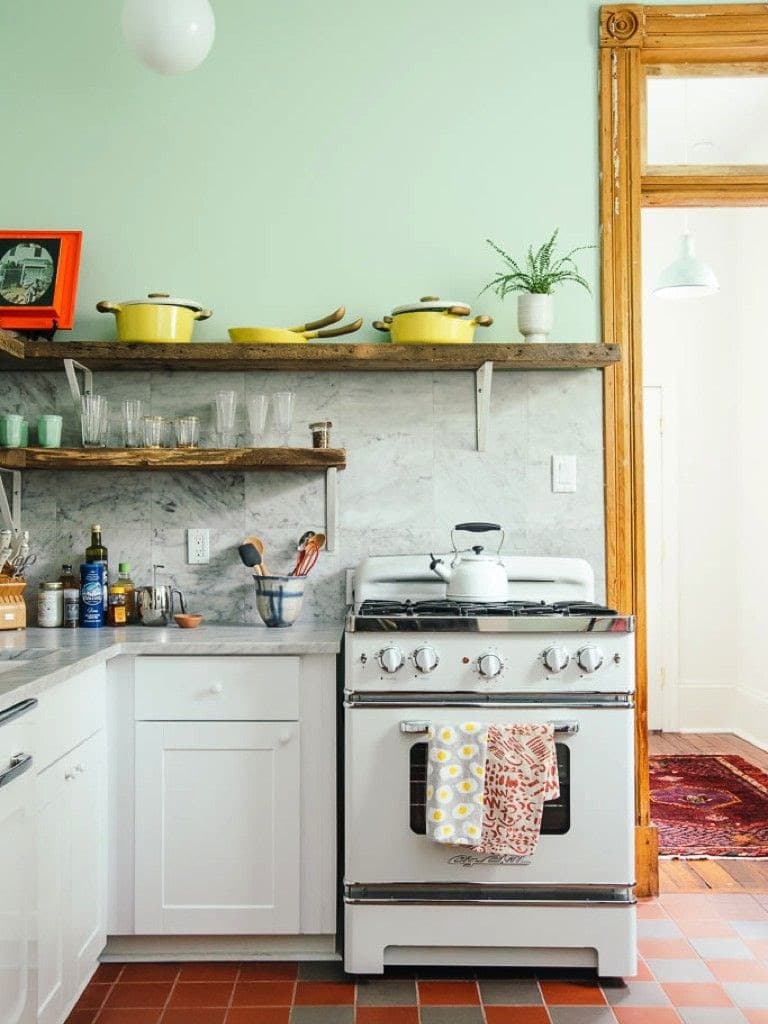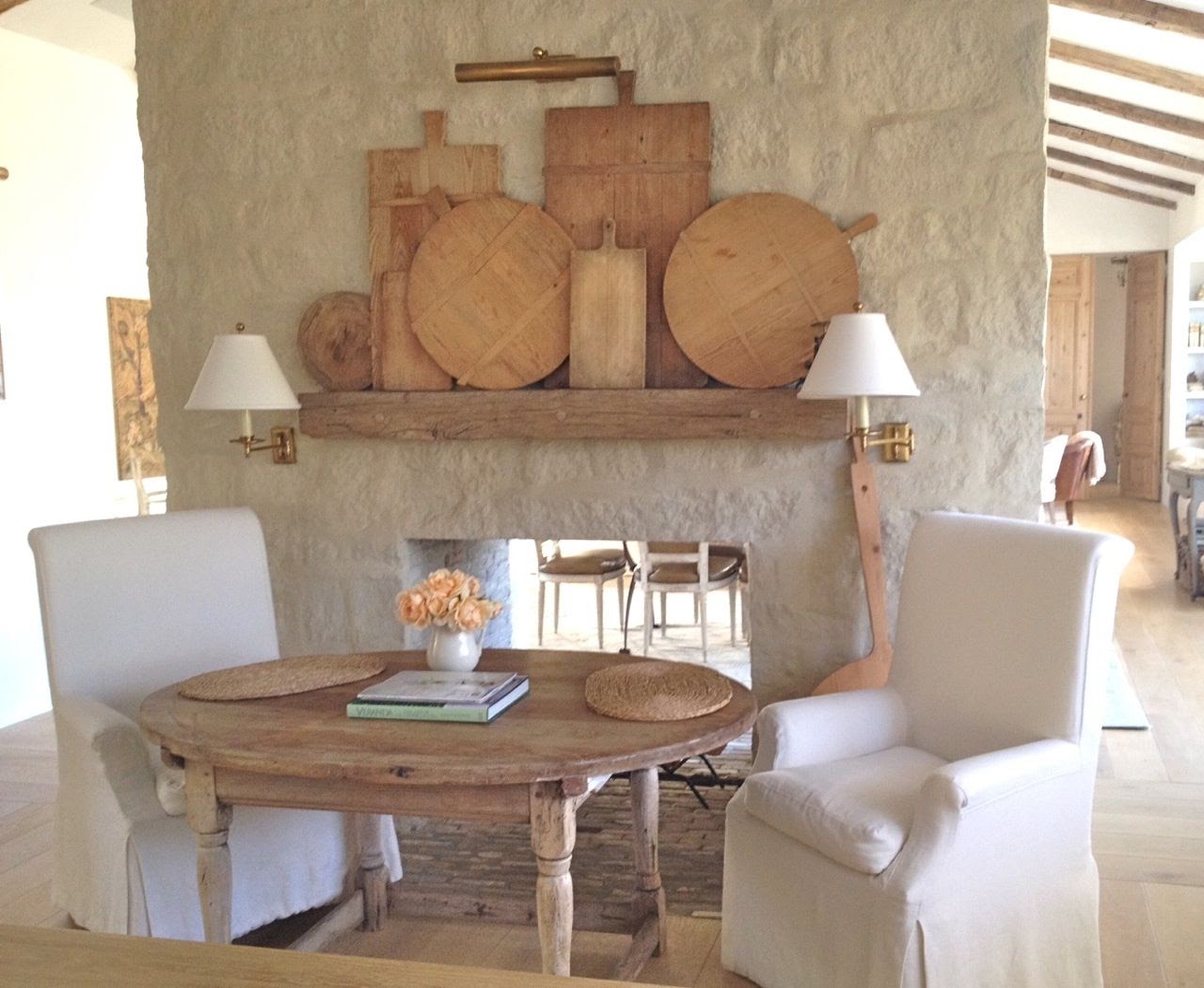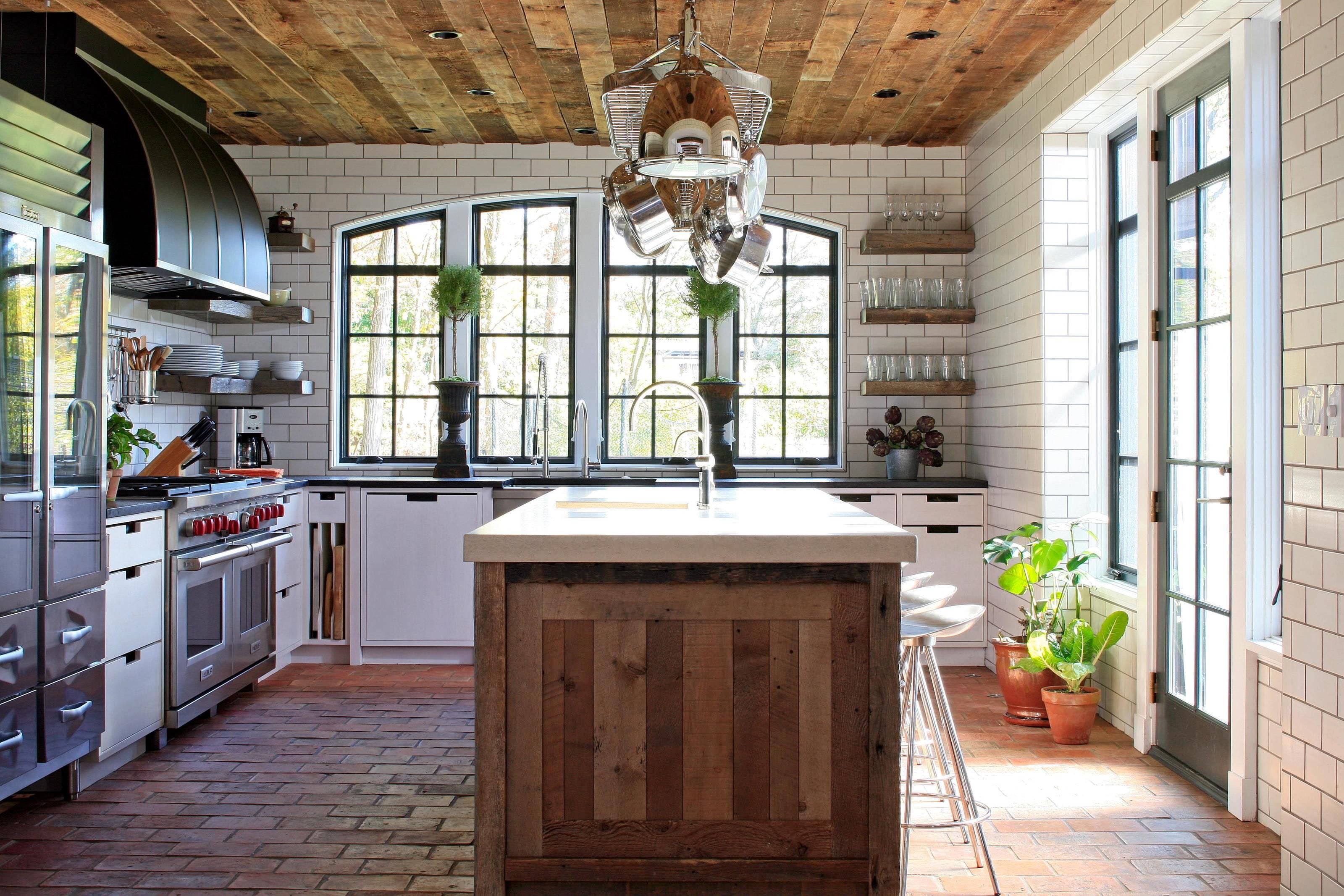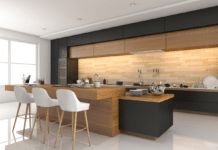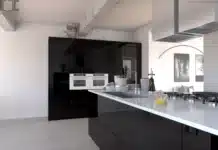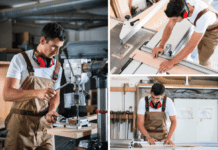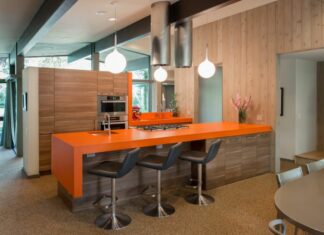Looking for traditional European kitchen design ideas for a refined and classy kitchen look? We’ve got you covered.
Traditional European Kitchen Design To Inspire Your Next Remodel
The kind of kitchen design you settle for speaks a lot about your taste in the kitchen and your ancestral history.
Traditional European kitchens have stood out over their American counterparts thanks to their traditional yet contemporary design.
Wait, how do the two mix?
Well, the European kitchen traces its roots back to the midcentury, when Nordic countries prioritized efficiency over comfort in their kitchen spaces.
Most notably, European kitchens were smaller than the more spacious American ones.
This was mainly because, unlike their American counterparts, most European households cooked with fresh produce from the farm. Thus, there was no need for large storage spaces to store food.
But even more importantly, the Europeans decided to express their culture in their kitchen design.
This led to different styles, such as the French farmhouse Belgian, Tuscan, and English country.
Does that mean you’re limited to certain specifications in your European-style kitchen? Not exactly.
Traditional European kitchens embed personality. Their designs allow you to mix the architecture with contemporary and fun elements to create a unique space.
To create a unique, traditional European kitchen design, you can still use top design trends in 2025, like contrasting countertops, cool colors, and colorful kitchen tiles.
Even top 2024 kitchen colors, like white, can still produce an authentic traditional European kitchen.
So, don’t get too worried. Look at the ideas below and see which inspires your design the most.
Worktable Instead of a Center Island Counter
Center island counters are great. They add extra space to the kitchen while providing a common gathering center. However, if you have limited space or you’re renting, committing to a kitchen island is tricky.
So, what should you try? Worktables. Traditional to most European kitchen designs, worktables offer the convenience of center island counters without the full commitment required.
Plus, since they’re not fixed but instead have legs for support, they offer extra storage space at the bottom. Given that European kitchen designs tend to be smaller than American designs, this is something you might crave.
2. Give Fireclay Farmhouse Sinks a Try
Before dishwashers became common, folks spent long hours in the sink washing mountains of dishes every day. The fireclay farmhouse sink was born to deal with the strain associated with these long hours.
It is one of the most comfortable sinks you can use. Apart from being very authentic, this added comfort is another reason you should have one in your European kitchen design.
Fireclay sinks are not made from modern ceramic. Rather, they’re crafted from ultra-heated clay and hardened to withstand the torture a European country kitchen would subject it to.
“But I do have a dishwasher.” Yes, that’s an added advantage. However, if you are the kind that is always busy creating in the kitchen, this is the kind of sink you need.
It nicely accommodates pots and pans. Plus, it traditionally features an apron design that eliminates the need to lean over the countertop while working at the sink.
3. Be Creative with Pops of Color
Be Creative with Pops of Color
Some people find plain European kitchen designs a bit boring. This is because, in their architecture, most European kitchens are built using dark wooden cabinets and vintage tiles. But that’s just the architecture.
Being creative with pops of color around the kitchen can add that missing pizazz to your final design.
To stay true to the Europeanisms of the kitchen, you have to use a lot of dark wooden cabinets and vintage tiles—but not everywhere. As far as the tiles go, you can get creative and use colorful backsplash tiles to bring the color you need back to the kitchen.
You can then go all creative with your appliances, using a red stove, a colorful microwave, or a blue refrigerator. The idea is to have these colors pop while mixing beautifully with the traditional colors of the architecture.
Adding pops of colors might sound a bit unauthentic to you. So, if you don’t mind the dark colors and are totally in love with the vintage theme, grain sack upholstery might be the way to go.
This kind of upholstery is mostly associated with traditional Gustavian, Tuscan, French Country, and Belgian European kitchens. The grain sack upholstery blends seamlessly with the dark wood used to make the cabinets and tops in these kitchens.
In some instances, you can extend this theme to the dining area. Instead of leather or normal cushions, you can use this upholstery on the dining seats. The main thing to note here is that if you take this route, everything else, including most appliances, must be mildly colorful to maintain the architecture’s pureness.
5. Try Adding Breadboards Too
Try Adding Breadboards
Breadboards were once used to transfer loaves of bread into and out of the oven. Today, these traditional appliances are still functional.
Moreover, they are an authentic addition to a country-style, traditional European kitchen. Thus, if the grain sack upholstery worked for you, this might also be a great addition.
Authentic breadboards are made from maple, pine, or oak. They’re about 2 inches in diameter. What makes them a great design idea is that apart from serving a traditional purpose, they’re nice, collectible, decorative artifacts for your kitchen.
Thus, they can be placed in the kitchen to add aesthetic value instead of just retrieving hot bread from the oven.
6. Eclectic Ideas Work
Indecision is common when figuring out the right kind of European kitchen design. But what most people don’t understand is that this indecisiveness plays right at the heart of European kitchen design.
Thanks to their architecture, eclectic European kitchen designs allow for a touch of personality. They feature a mix and match of materials and even color. In most cases, this kind of design approach is used when you want to remain as authentic as possible while still adding a bit of contemporaryness to your design.
For instance, if you love shiny metals, you can combine shiny metallics with the raw and earthy materials that inspire most European kitchen designs. The result will be a beautiful blend of modern design and a European rustic theme.
If you want to venture fully into your own creative space, you can combine this with creative pops of color.
7. Try Sticking To Raw Materials
Suppose you’re remodeling from a fully modern kitchen to a European-style kitchen. Does that mean everything you had before has to be thrown out?
Not really. Wood, iron, and concrete are among the key components to add a rustic touch to your kitchen. The great thing about these raw materials is that they blend seamlessly with a feminine or masculine traditional kitchen design.
If you dread remodeling your modern cabinets, you can try concrete countertops. These also work well with your modern artifacts to create a breathtaking European kitchen design.
Since your modern kitchen already has eye-popping colors, adding wooden beams, for instance, will complement the modern design perfectly. The main thing to note here is that the imperfections of the raw natural materials should be maintained for authenticity to the traditional looks.
8. Go for Reclaimed Terracotta Tiles
Tiles are not as modern as most interior design newbies think. In the day, terracotta tiles were among the first used in European kitchens. The tiles were, and still are, gorgeous, authentic, filled with earthy colors, and full of history.
Back then, terracotta tiles were made from natural clay deposits in the earth. Everything was done by hand.
The clay was first dried in wood molds. Then, they were further dried in the sun before firing in wood-burning kilns.
One of the most attractive features of terracotta tiles is their unique color spectrum, which results from the different kiln temperatures used during firing.

